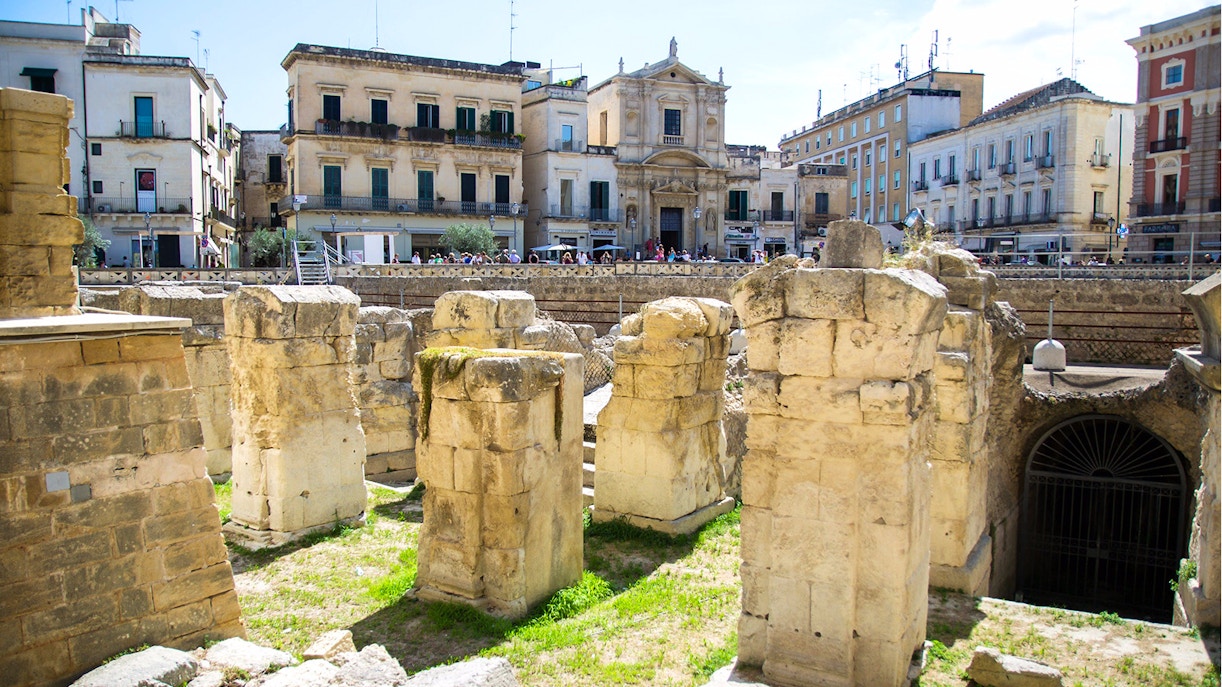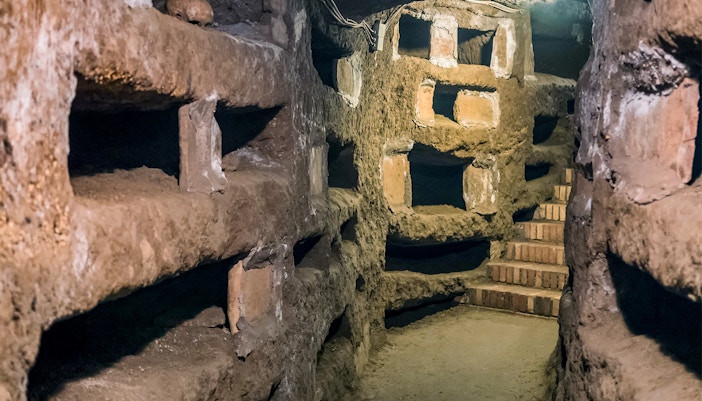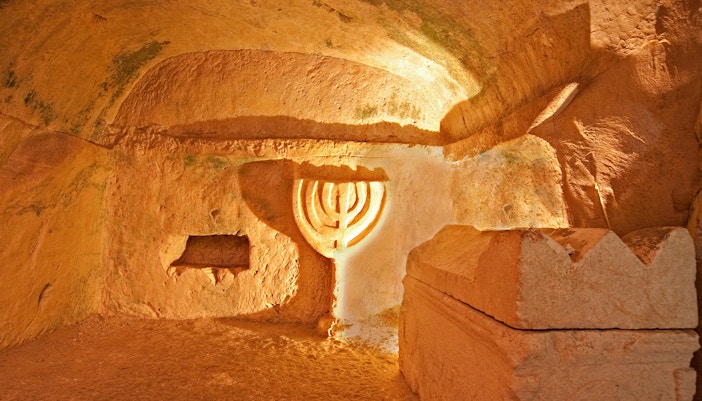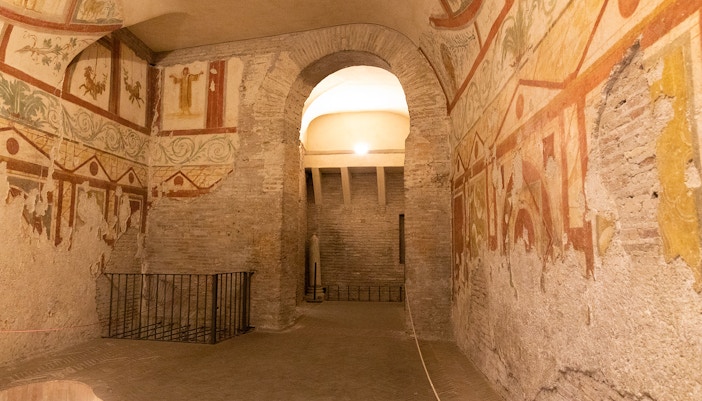The Christian catacombs in Rome are underground burial sites used by early Christians for burials, worship, and honoring martyrs during times of persecution. With over 40 discovered, a few stand out for their historical and artistic treasures, like the Catacombs of San Sebastiano, Priscilla, Domitilla, and Sant’Agnese. These sacred spaces give you a glimpse into early Christian faith and resilience.
Key Catacombs of Rome
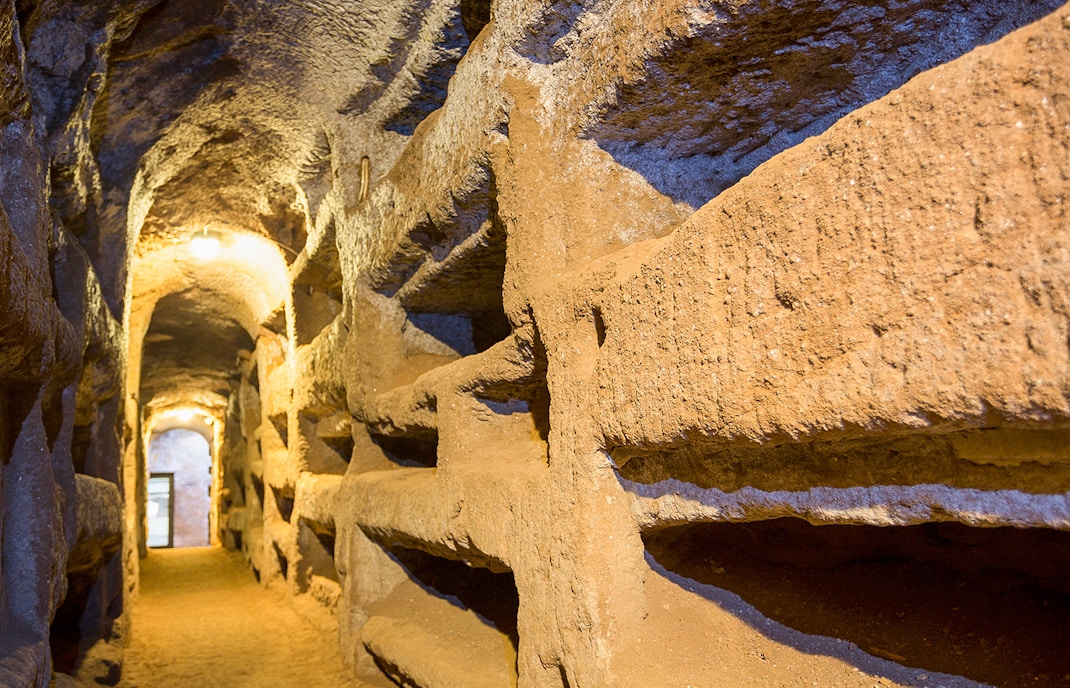
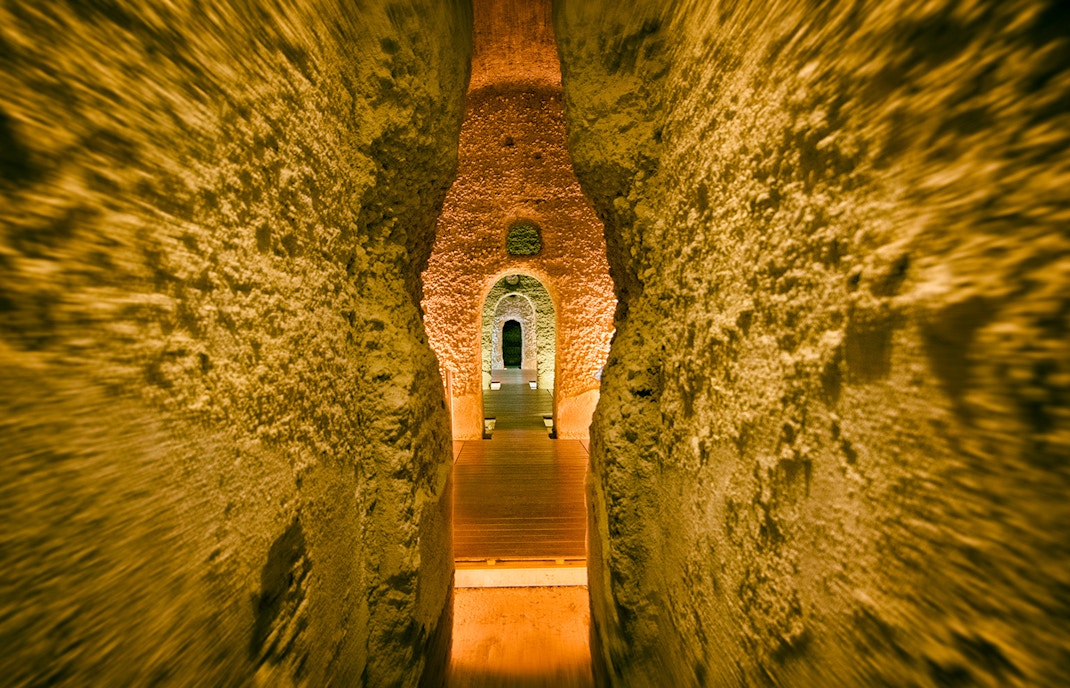
Catacombs of Saint Sebastian
Located on the Appian Way, this cemetery features impressive ancient Roman architecture and is the final resting place of Saint Sebastian, a Christian martyr. You can view arches that once divided the nave of the original church, which was built in the 13th century, and sarcophagi, dating back to the 4th century.

Catacombs of Callixtus
This is one of the largest and most important catacombs in Rome, known for its numerous underground galleries spread over 90 acres. Built after 150 AD, you will find tombs of 16 early popes, including Pope Sixtus II and Pope Pontian, and Christian martyrs here, earning it the name ‘Little Vatican’.
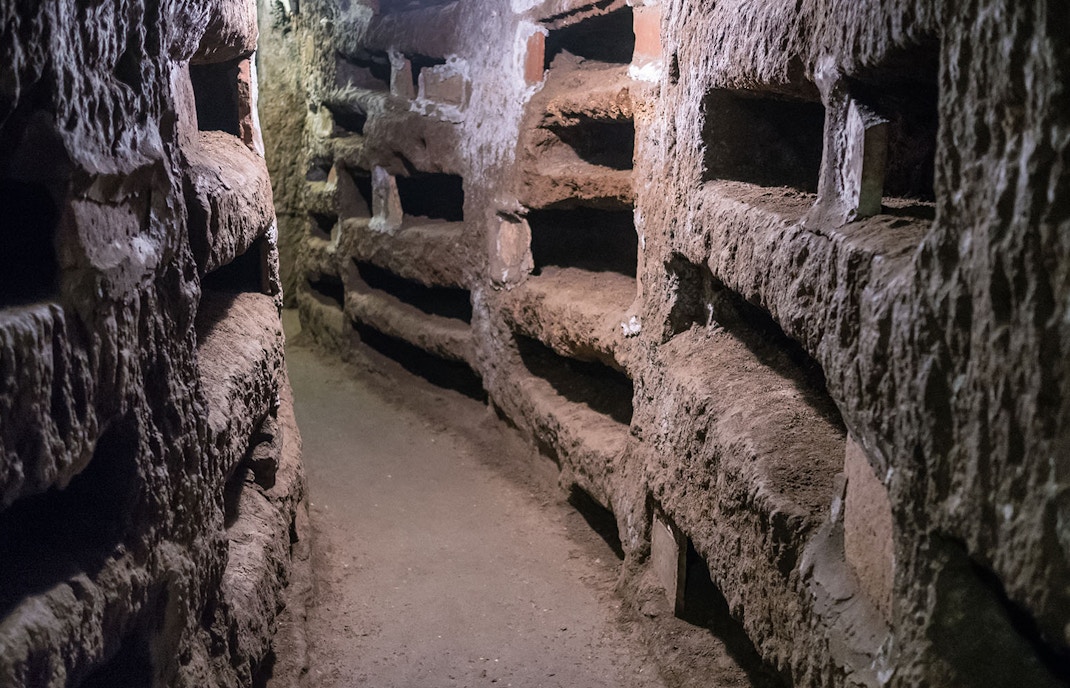
Catacombs of Priscilla
Nicknamed the “Queen of the Catacombs,” these are located on the Via Salaria across from the Villa Ada. They are famous for their early Christian art, including frescoes depicting scenes from the Old and New Testaments and the earliest known image of the Virgin Mary. These catacombs likely derive their name from the landowner on whose property they were built and are now looked after by the Benedictine nuns of Priscilla.
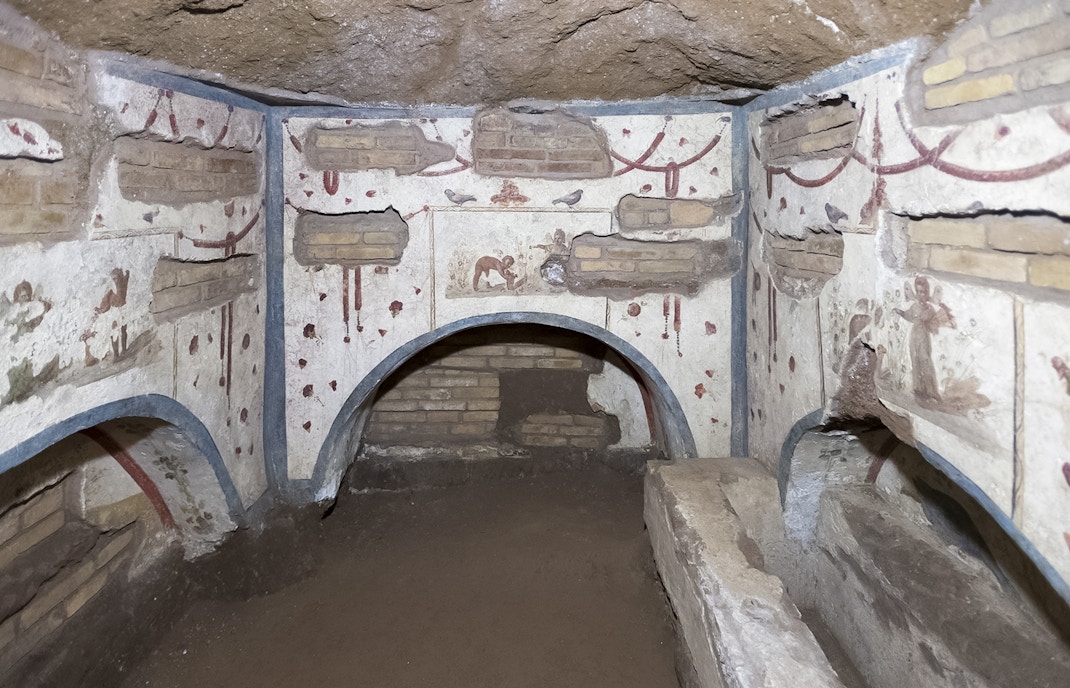
The Catacombs of Domitilla
Located near the Catacombs of San Callisto, the Catacombs of Domitilla are a sprawling network of caves that span over 17 kilometers (11 miles). Named after Saint Domitilla, these catacombs are one of the largest and most impressive in Rome, featuring stunning frescoes and sculptures that depict scenes from the Old and New Testaments. Visitors can also see the remains of an early Christian basilica that was built in the 4th century and was one of the largest in Rome.
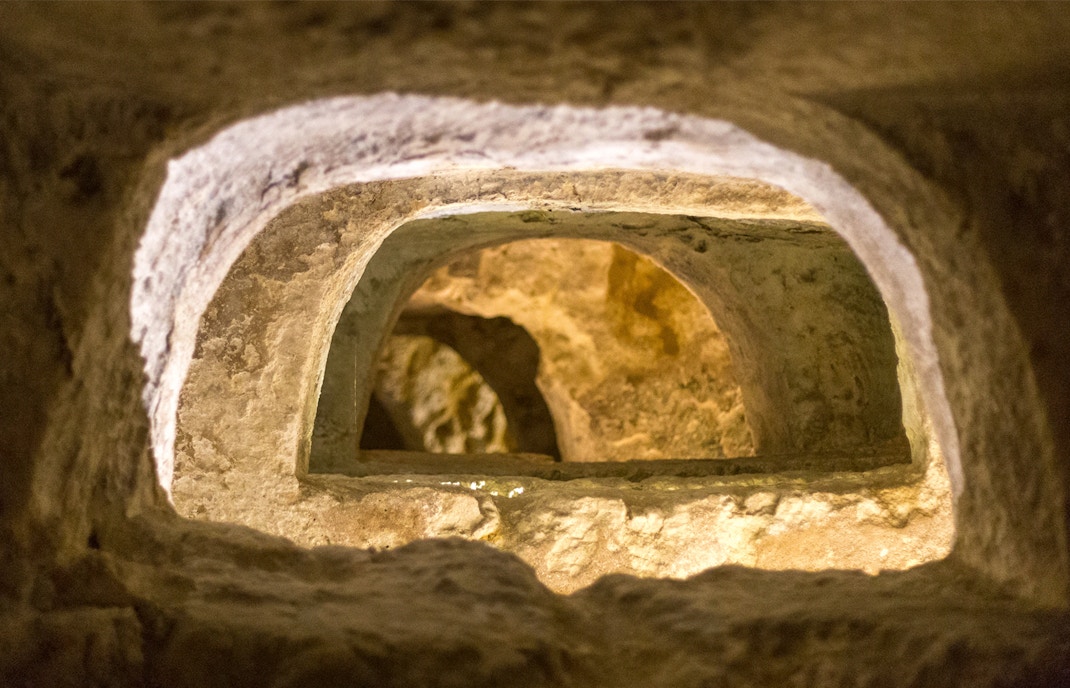
Catacomb of Saint Agnes
Named after the virgin and martyr Saint Agnes, the only martyr buried in the catacomb mentioned in the ancient documents. It is located at the second mile of via Nomentana, inside the monumental complex of Sant'Agnese fuori le mura, in the Quartiere Trieste. The complex is divided into four regions and is rich in epigraphic testimonies.
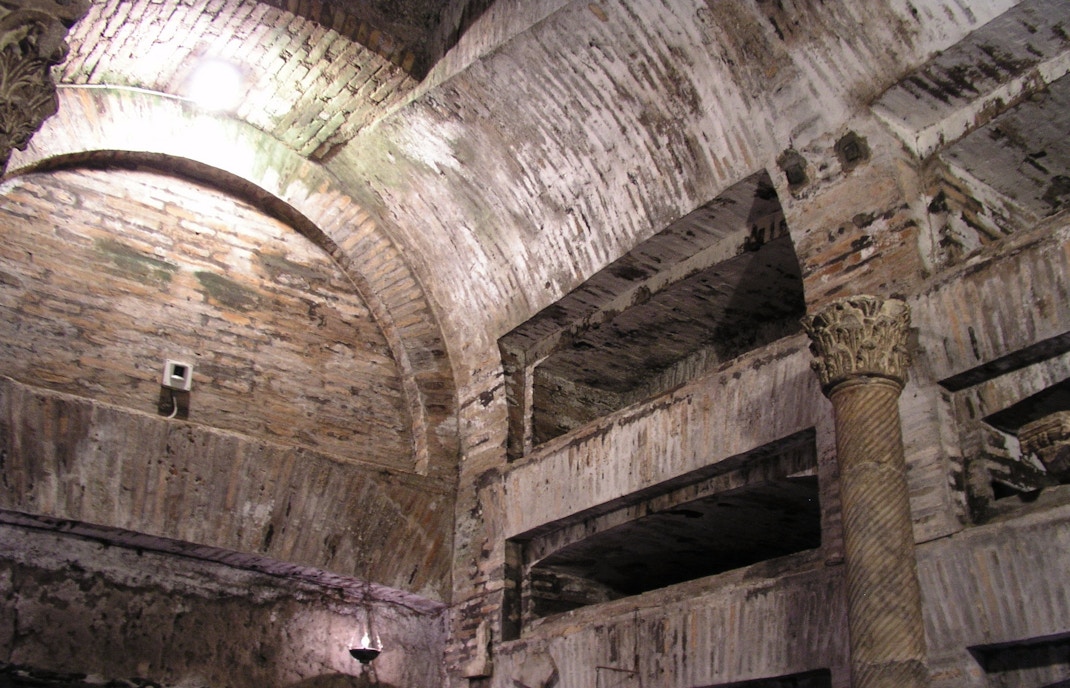
Catacombs of Praetextatus
Located along the via Appia, these catacombs were built at the end of the 2nd century. They have a vast underground burial area, initially used for pagan burials and later for Christian martyrs. The complex contains various tombs of Christian martyrs, including the "cubiculum of the coronation," which depicts a rare image of Christ being crowned with thorns and a 4th-century painting of Susanna and the old men in the allegorical guise of a lamb and wolves.
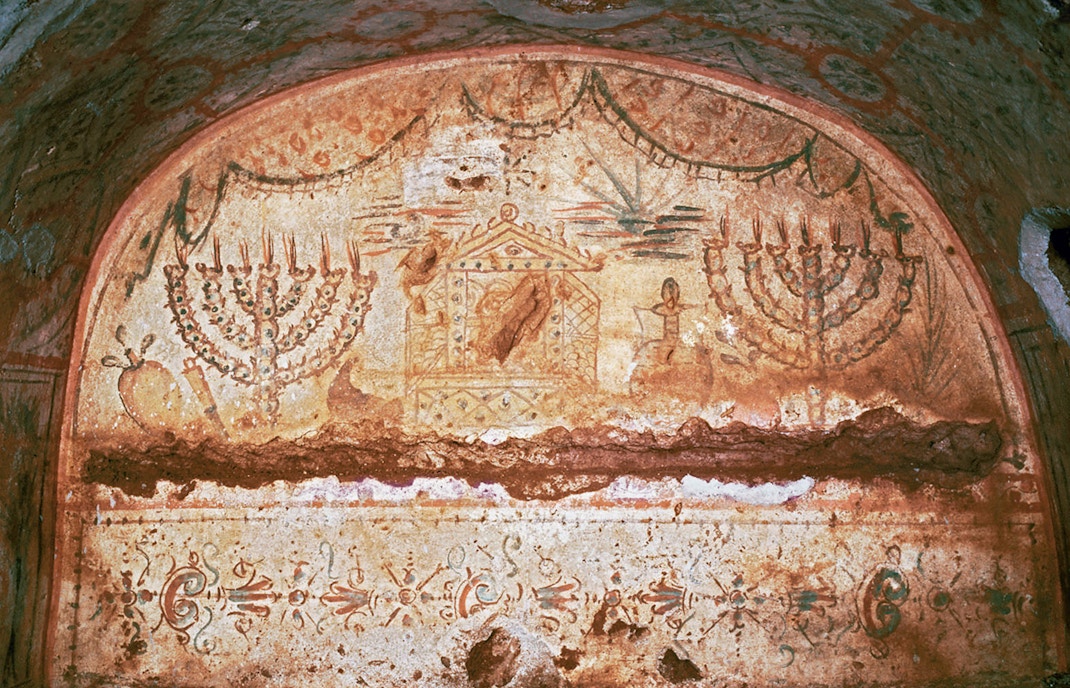
Jewish Catacombs
There are six known Jewish catacombs in Rome, but only two, Vigna Randanini and Villa Torlonia, are open to the public. These catacombs were discovered in 1918 and span over 13,000 square meters. They date back to the period between the 2nd and 3rd centuries and possibly remained in use until the 5th century. Visitors can see rare frescoes depicting classic Jewish religious symbols, as well as parts of the Old Testament.
